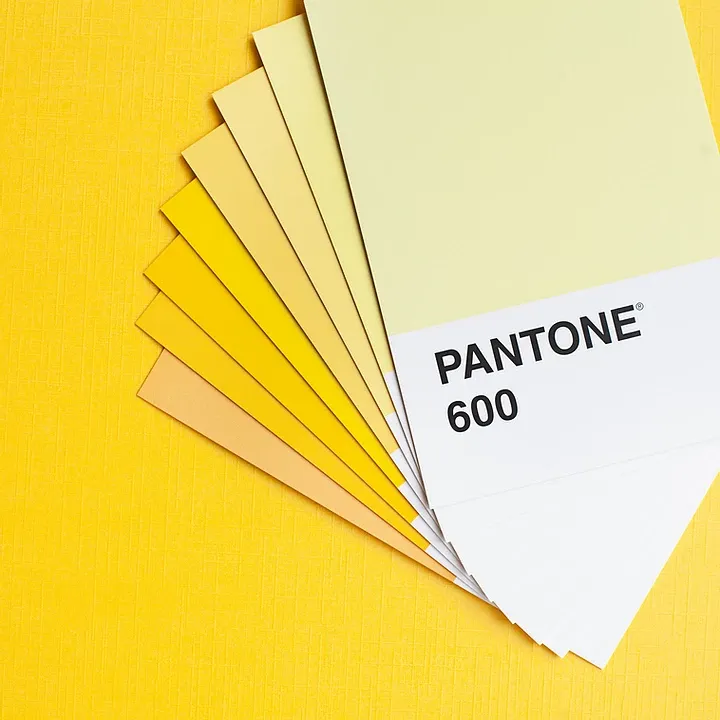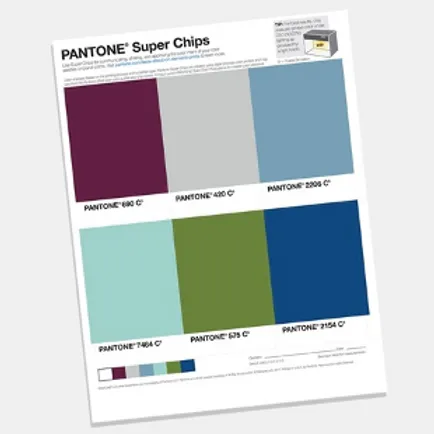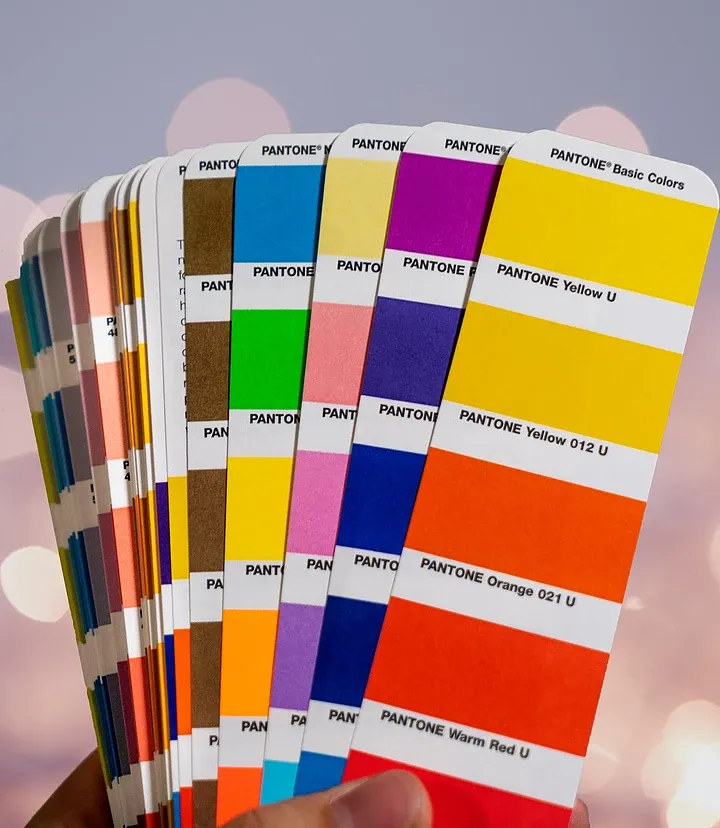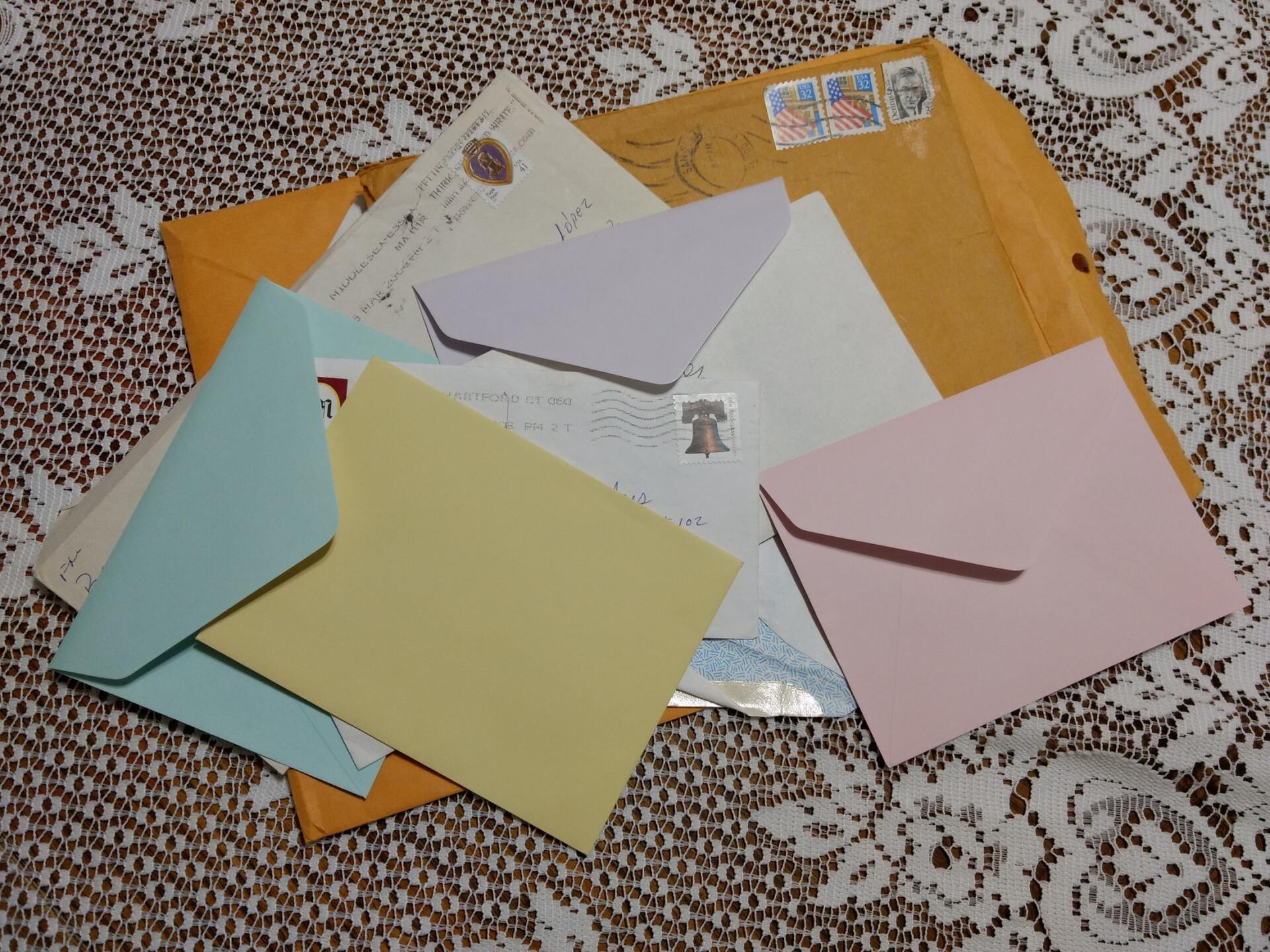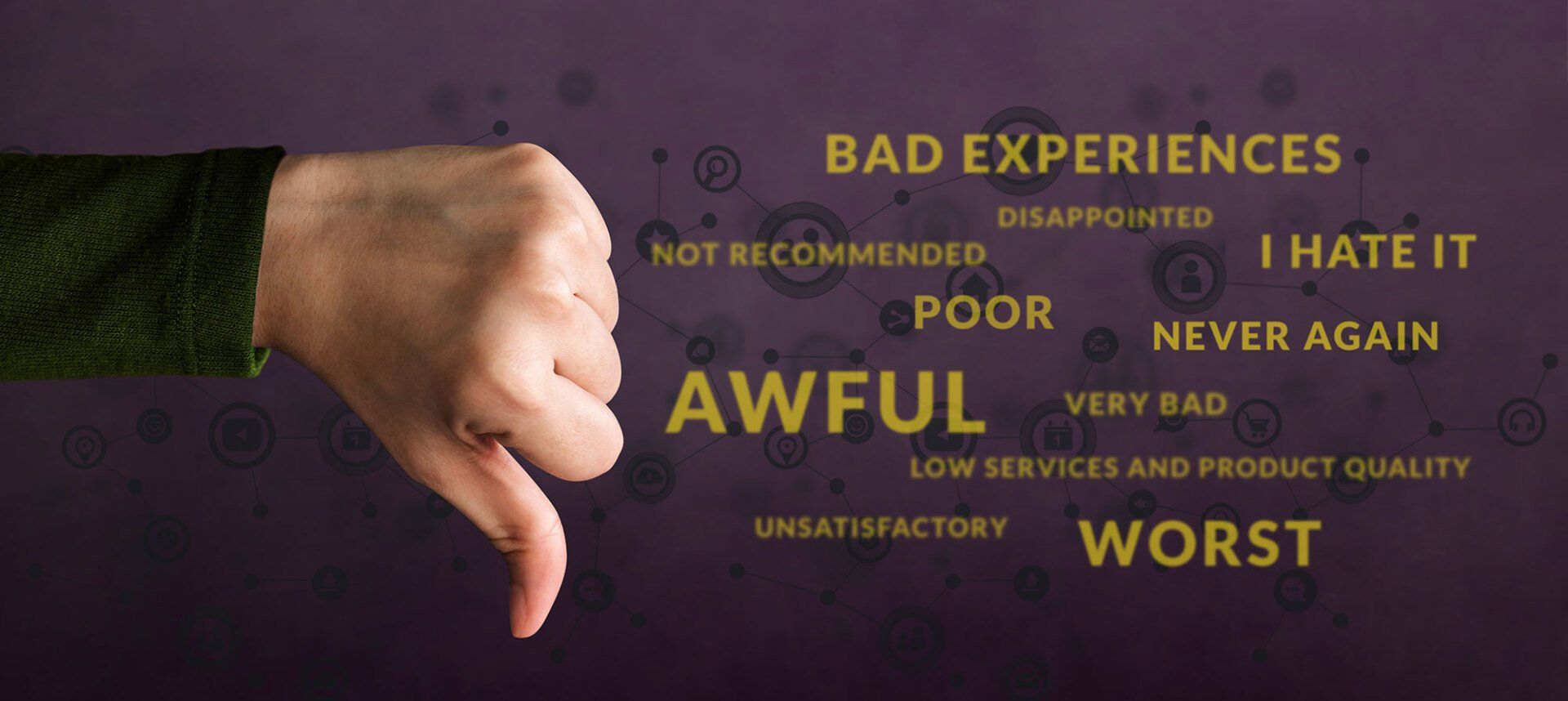Now let’s get into this century, when people transact business over the internet. They create and transmit art via the web, email specs, quantities, due dates, bindery instructions, etc. and receive PDF proofs uploaded to their computers and that is the problem. Color on your computer is comprised of luminescent color. More specifically, it’s pixels of Red/Green/Blue light, and what is going on in your computer is not the same as what is going on in someone else’s computer. It’s like looking at the bank of TV screens at Costco. The colors are all over the place, even though all the TVs are displaying the same content.
What’s the secret to proofing PMS colors?
What’s the secret to proofing PMS colors?
You would think, in a world where we can broadcast messages instantaneously to computers virtually anywhere on the planet, that we could figure out a way to remotely proof PMS colors, but proofing these colors has been a problem since the first printing company decided to print in a color other than black. Well maybe not that long, but as long as we’ve made Pantone Matching System (PMS) color choices available to print customers. The PMS system was originally intended to take the guess-work out of printing in color, but now that we work with vendors and clients all over the world, it has become much more difficult. (There are many color matching systems other than Pantone, but the issues are the same regardless of which system you’re using, so I’ll just focus on the PMS system, which is the most commonly used color system in the US).
If we all use the same standards and we all mix ink colors using the same PMS defined formulas, the color should be the same, every time, Right? If that is the case, then someone in Portland Oregon should be able to confidently communicate with a designer in Boston or San Francisco about a PMS colors and know they are all in agreement about the color choices. The Portland client and the Boston designer would be looking at the same thing on their computers and they would be able to have an intelligent conversation about the depth, tone intensity, darkness or brightness of the color, Right?
Wrong!
So what’s the problem? Let’s jump back in time, to when people talked to each other face to face and transacted business that way: when customers met with printers and looked at paper samples and ink colors in a physical PMS book and discussed all the details of the print job. When business was transacted in this manner the print buyer would see the color of ink in the PMS book and determine if it would be the right color for her/his printing project.
To further complicate the issue, Red/Green/Blue rendering of many PMS colors can be quite inaccurate so the image being displayed on your computer did not even start out being a good representation of the desired color specified in the art regardless of how calibrated your computer display may be.
The alternative to an electronic proof is to send a physical printed proof, but anything short of an actual press proof created on a printing press with printer’s ink, is equally problematic. Good quality color proofs are still made on some digital device using Cyan/Magenta/Yellow/Black (CMYK) toner not ink.
Again, the problem of correctly rendering a PMS color in CMYK toner is as limited as rendering that color in Red Green Blue light. Furthermore, a printed proof is still dependent on the quality and calibration of each proofing printer, and finally, toner and ink are as dissimilar as light and ink.
Imagine taking the cushion from your couch to Home Depot and asking the clerk to mix a quart of paint that is the exact color of your couch. The cushion is colorized with textile dyes, and the paint gets its tonal variety from a completely different set of pigments. Even if you knew exactly what textile dyes created the color of the couch, it would still be impossible to exactly match that color using paint pigments. In the same way, luminescent color, toner, and printer’s ink colors all have their own unique properties. Expecting them to perfectly match each other is as unlikely as matching the paint to the couch.
Additionally, there are many different colors of white: cool whites lean to the blue side of the spectrum and warm whites lean toward the yellow side of the spectrum and there are natural whites, that are slightly more ivory. Printing the same ink on all these different substrates will yield noticeably different results, so try to do ink draw-downs on the actual paper to be used in the print job to best reflect what the customer will get in their finished product.
Ink draw-downs are rarely used to proof PMS colors because they take several days to create, and they add cost to a project, but they are the most accurate representation of a PMS color. If color is critical to your project, then I advise that you build a little more time and money into the project and ask your printer to provide ink draw-downs for every PMS color used in your project.

